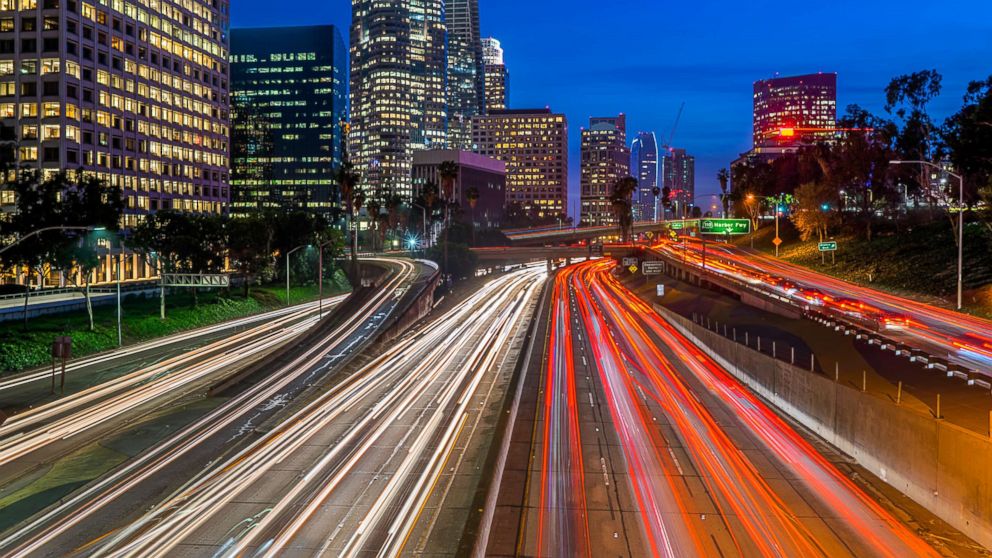What the transportation revolution may mean for drivers
Some say our culture is entering a revolution in personal transportation.

— -- Some observers say our culture is entering a revolution in personal transportation. They cite the advent of ride-hailing companies such as Uber and Lyft, the availability of shared cars and bicycles, and the emergence of autonomous automobile technology as signs that the century-old American love affair with cars (as we know them) and car ownership is fading.
Decades from now, these observations could prove to be correct. But for now, domestic car sales remain strong overall. Total vehicle sales in July — 16.77 million — were up slightly over June. Since then, sales have registered a slight downtick, but this may be a normal fluctuation and probably doesn’t augur a reversal of robust sales in recent years. In 2015, U.S. sales beat the record set 15 years ago.
While predictions that the transportation revolution will hurt auto sales may be premature, forces in play could prove these predictions correct over a decade or two. Autonomous cars will eventually be a commercial reality with broad consumer acceptance, but this likely won’t happen as soon as many predictions hold. Some say that in five years we’ll all be dropped off at work by our autonomous vehicles which, instead of parking themselves, will wait at home for one spouse or the other to summon them with smartphones. Thus, today’s two-car families would be able to do just fine with one car, and cars sales will decline.
There are clear signs that this scenario will likely be much further than five years away. Profound social impact is probably more like 30 years off, when 95 percent of all U.S. passenger travel will probably come from self-driving fleets, ending the current model of car ownership, according to a study by RethinkX, a technology analysis group.
But in the interim, while ownership persists, this evolution may not hurt auto industry revenue much, as autonomous cars will likely be frightfully expensive.
Daniel Ammann, president of General Motors, recently predicted that forces including autonomous cars and ride sharing will mean greater change in the auto industry in the next five years than it has seen in the last 50. Yet some analysts, including Tony Hughes of Moody’s Analytics, point out that the eventual impact of these factors on the industry might not be significant if driving habits don’t change. If people persist in parking their cars instead of summoning them when needed, demand wouldn’t change much.
Currently, all-electric cars such as Tesla and its ilk are spurring new related industries in which winning companies will offer significant investment opportunities. In a nation where there’s much work to be done on the power grid, demand for lighter, long-lasting batteries will continue to rise. And to catch up with the future, the fossil fuel engine industry will have to be nimble. An example is Cummins Engines, a diesel engine company that recently announced that it will also be supplying all-electric and plug-in hybrid powertrains by 2019.
Cummins’ 18,000-pound cab Aeos (named after one of the winged horses pulling the chariot of the Sun god Helios in Greek mythology) is designed to haul a 22-ton trailer, with a 100-mile range, for local deliveries. The engine can be recharged in about an hour, and Cummins has stated its goal is to reduce this to 20 minutes by 2020.
Tesla is expected to unveil its own all-electric heavy truck cab soon.
If history is any guide, the realization of predictions for the personal transportation revolution is likely to follow the patchwork pattern of many Brave New World predictions. Different car technologies will overlap and co-exist, driven variously by early adopters and old-school holdovers. If the nation’s electric grid is improved in the next 10 years, drivers on long trips will probably be charging their car batteries at fuel stations where gasoline is still sold. So goes the herky-jerky pattern of social change following new technology.
Any opinions expressed in this column are solely those of the author and subject to change.
David Sheaff Gilreath, a certified financial planner (CFP®), is a founding principal of Sheaff Brock Investment Advisors LLC. He has more than 30 years of experience in the financial services industry.